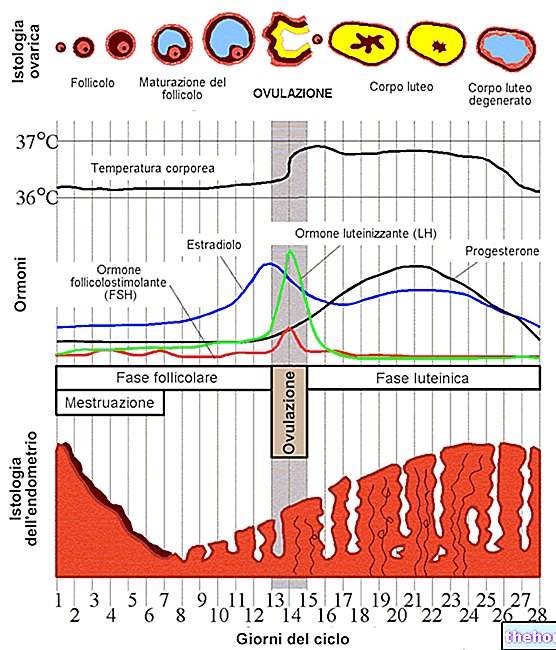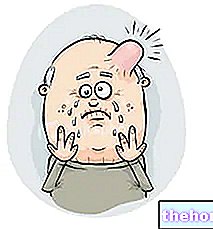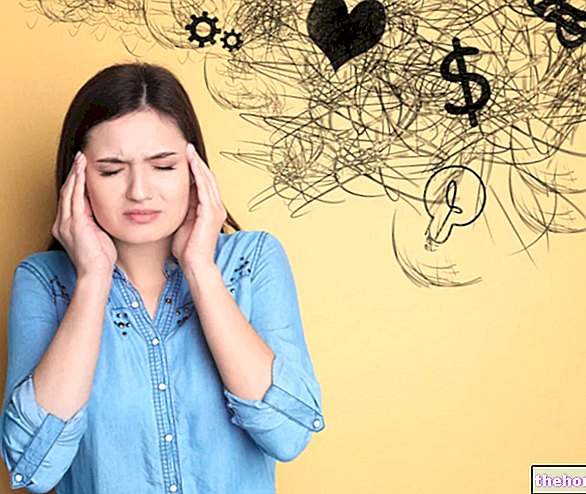See also: Female androgenetic alopecia - Alopecia: natural remedies
What's this
Androgenetic alopecia is the main cause of progressive thinning of the scalp.
In the course of life it affects about 80% of the male population and 50% of the female one. The spread of androgenetic alopecia is therefore such as to justify the name of "common baldness" and to be considered, within certain limits, a absolutely physiological condition.
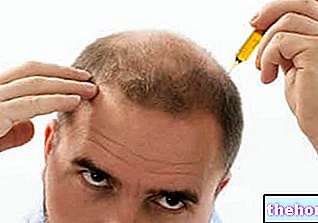
Causes
The greater frequency of androgenetic alopecia in men compared to women is due to its dual origin, underlined by the terms "andro" and "genetic". On the one hand, in fact, the presence of androgens, typically male, is necessary, while on the other, a genetic predisposition of the hair follicles is required to undergo involutionary stimuli.
Not surprisingly, already in the fourth century BC Aristotle noted that neither eunuchs (castrated males) nor children were affected by baldness, sensing a correlation between secretion of male hormones and hair loss.
These hypotheses were confirmed by Hamilton in 1940. For this reason, baldness has been, and still is today, erroneously linked to a greater degree of virility and sexual potency.
However, in androgenetic alopecia the levels of testosterone (the male sex hormone par excellence) are not necessarily elevated; often there is a decrease in the total quota and an increase in the free fraction. Even more relevant are the values of its more powerful androgen derivative, dihydrotestosterone; this hormone is also formed in the hair follicles starting from the precursor testosterone, thanks to the intervention of an enzyme called 5-alpha-reductase type 2.
Aftermath
As a result of dihydrotestosterone, the hair becomes shorter and thinner, until it is unable to adequately cover the scalp; this is because the anagen phase (of growth) is progressively reduced in favor of that of involution (catagen) and rest (telogen).
Furthermore, the follicles take on increasingly synchronized growth cycles, like those of an animal's fur: for this reason the possibilities of telogen effluvium are also raised (numerically very high and qualitatively homogeneous hair loss). In an advanced phase, due to the typical sparing of the nape and temples (hormone-independent zones), "androgenetic alopecia determines the so-called" crown "baldness.
It is from these areas that the hair necessary for the "famous" hair transplant will eventually be taken.
Other Causes
In addition to "increased" follicular 5α-reductase activity, androgenetic alopecia may be due to an increase in the number or affinity of androgen receptors, a decrease in SHGB (blood androgen transport proteins) or a decrease in follicular aromatase (enzymes that convert testosterone into estrogen, with a fortifying effect on the hair).
The higher the concentrations of the type 2 5-alpha-reductase enzyme in the hair follicle, the greater the chances of miniaturization. During experimental studies it was found that this enzyme is more active in men than in women and, in both sexes, in the frontal region with respect to the occipital one. On the other hand, the genes that predispose to baldness are still unknown; for this reason androgenetic alopecia is considered a polygenic disease, that is caused by many different genes. For example, the androgen receptor gene is located on the X chromosome and is therefore inherited in the male from the maternal side; it has been clearly seen that a particular polymorphism of this gene predisposes to an early onset of androgenetic alopecia. Other genes have recently been discovered and research in this field continues to be particularly active.
For now, we must limit ourselves to considering that the chances of developing a real androgenetic alopecia are related to the number of first or second degree relatives who are affected by this condition; we are obviously talking about probabilities and not absolute certainties.
Signs and Symptoms

Often, androgenetic alopecia is accompanied by seborrhea and furfuraceous desquamation; however, these conditions are not always associated.
Effective Treatments
Androgenetic alopecia, also called androgenetic baldness, can be counteracted by using specific drugs.
Currently, only two medicines have been approved by the FDA to treat this condition. The first, minoxidil, is used for topical use, is more effective in the vertex area and has a still unclear mechanism of action. The second, called finasteride, is taken orally and fights androgenetic alopecia by preventing the action of the type 2 5-alpha-reductase enzyme.
In both cases the treatment cannot prove effective before a certain time interval (usually it takes at least 3-6 months). These drugs have a certain effectiveness when androgenic baldness is still in an intermediate stage; in an advanced phase it is possible to intervene successfully only through the surgical redistribution of the hair bulbs (hair transplantation) or through alternative thickening techniques, possibly patented and certified by companies that have been operating in the sector for many years.
For further information: Drugs against "Androgenetic Alopecia"
Other articles on "Androgenetic Alopecia"
- Alopecia
- Female alopecia
- Alopecia areata
- Alopecia - Medicines for the treatment of Alopecia
- Alopecia: natural remedies for hair loss



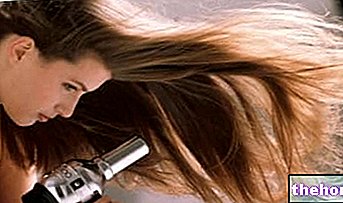


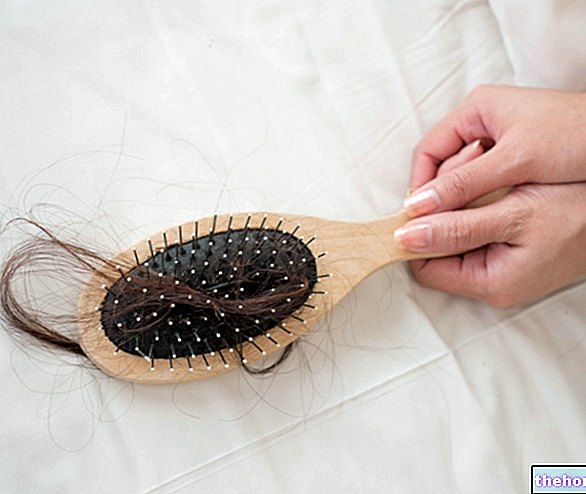










.jpg)



